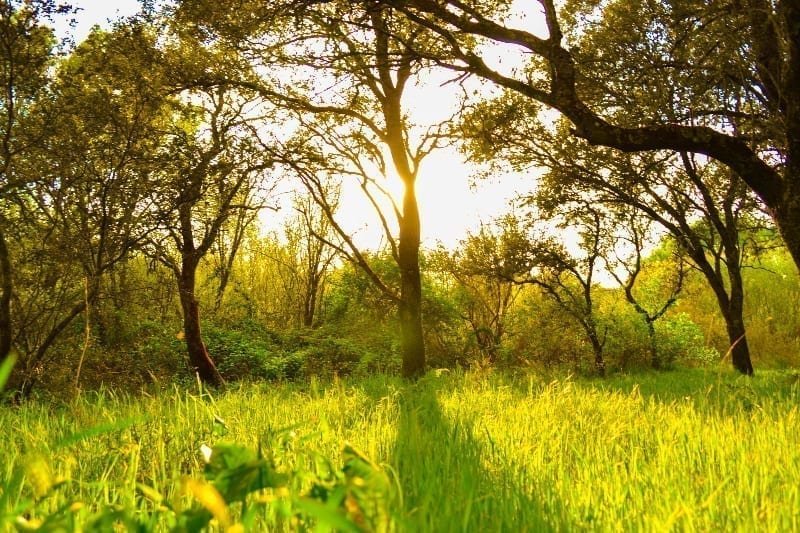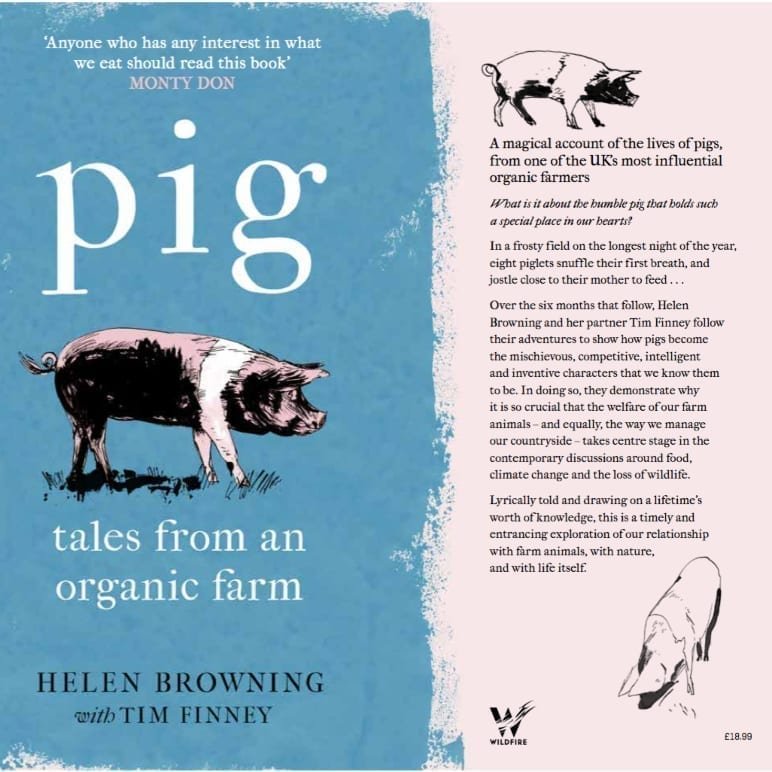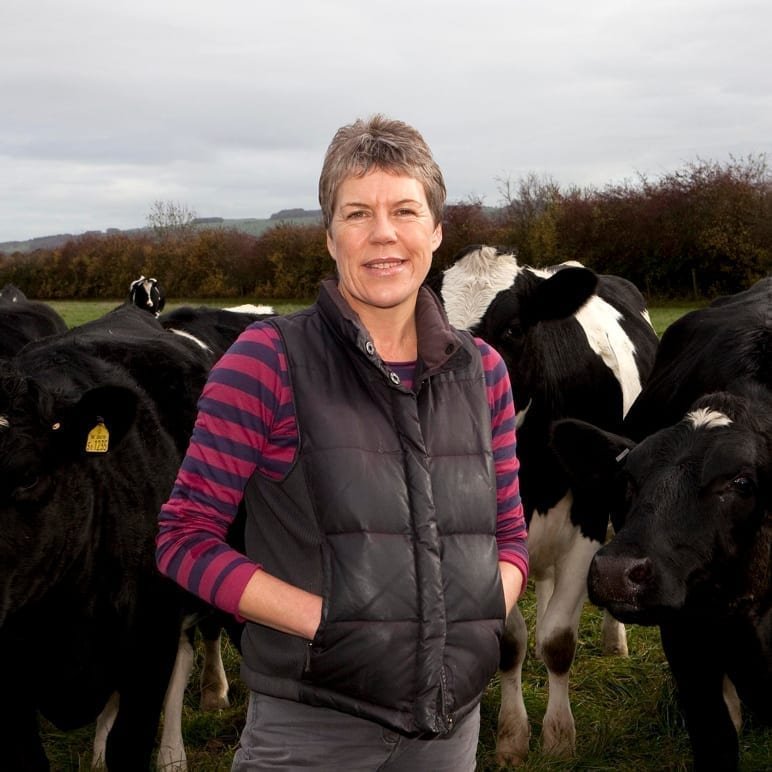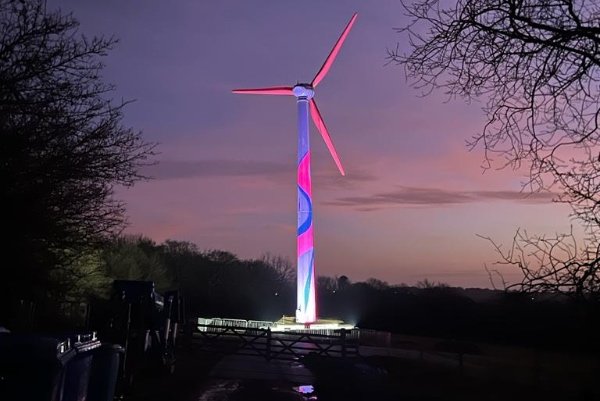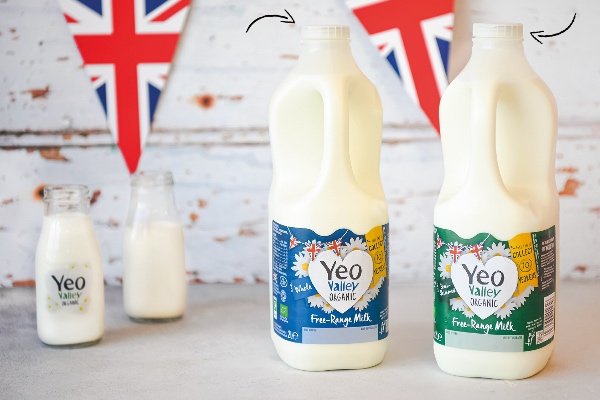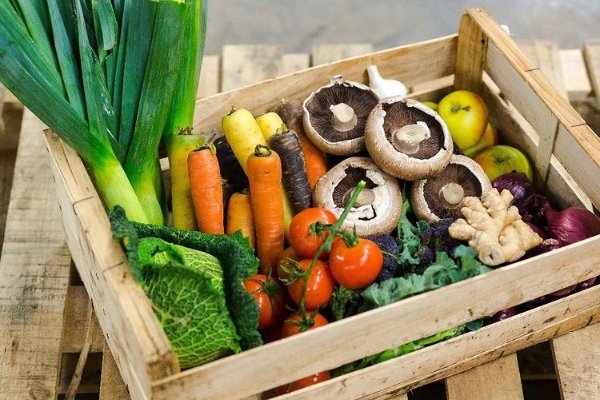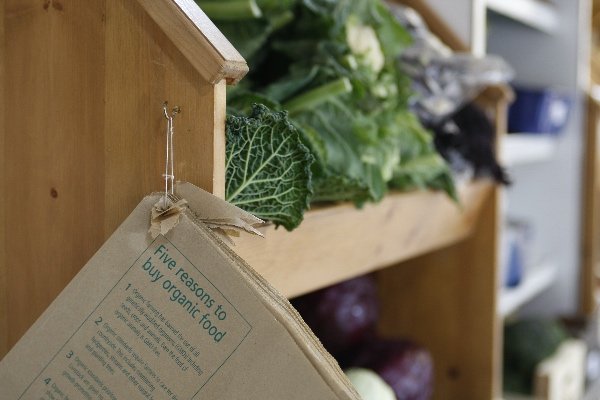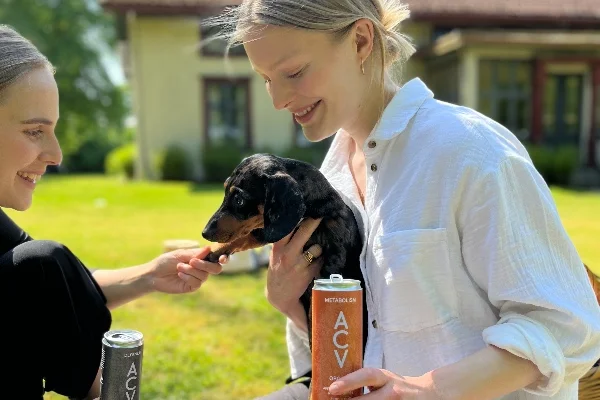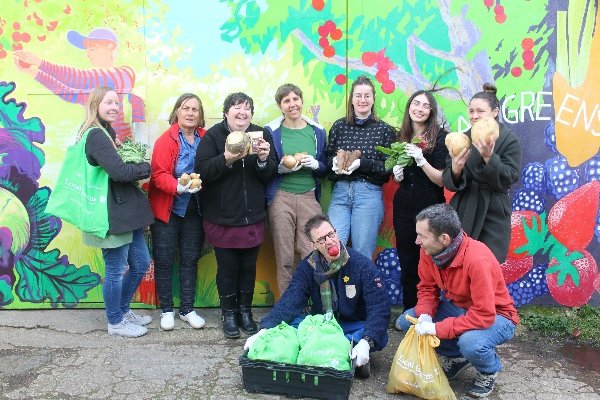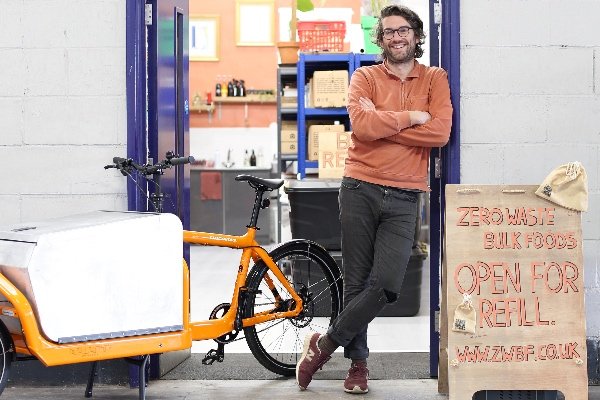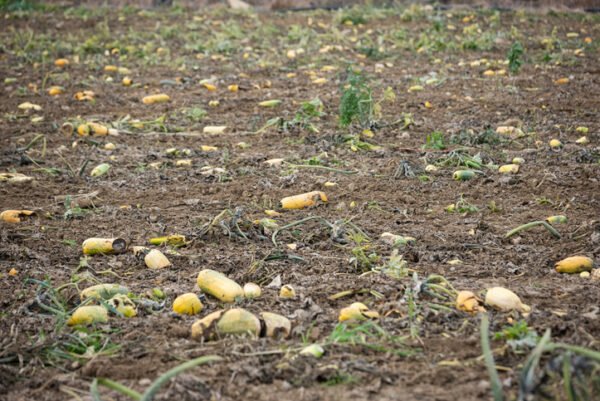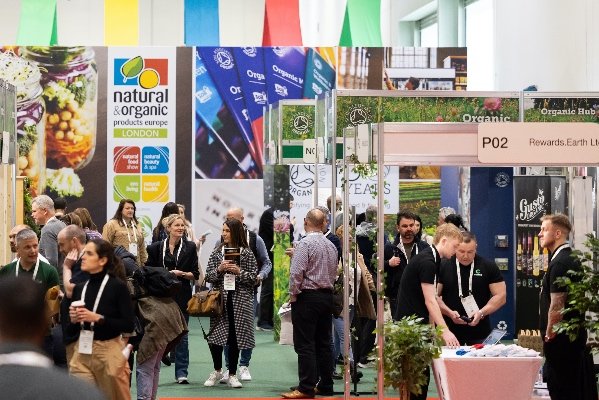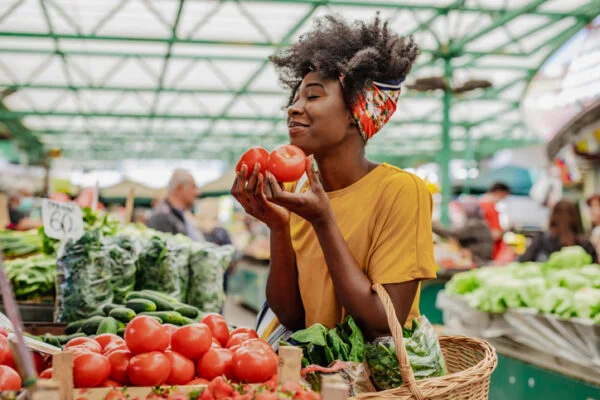This article first appeared in our autumn ’18 issue of MyGreenPod Magazine, The Consumer Revolution, distributed with the Guardian on 16 Nov 2018. Click here to subscribe to our digital edition and get each issue delivered straight to your inbox
I’ve long been convinced that trees and other perennial crops should be a much bigger part of our future. As farmers, we set much store by growing annual crops like cereals, oilseeds and pulses, all of which need to be planted each year. It’s a lot of work, even before you get to the harvesting and storage process, and disruptive to our soils to boot.
Growing grass and clover gets over all these problems, and will build soil well if managed correctly. But we don’t eat grass, so this means you need to keep animals. Fine by me; I would be very happy to only farm livestock, but man probably shouldn’t live by meat and dairy alone!
The debates around meat-eating and its impact on climate change suggest we should be moving towards eating less of it – so how do we grow other foods that are good for us and better for the environment? I am sure it will be many moons before we stop growing cereals, our staple food in the west, but tree crops could be a much bigger part of the picture.
3D farming
One of the many great things about trees is that they grow upright, catching sunlight from a different angle. As farming is essentially the art of catching sunlight and turning it into food, this means that an acre of land can produce much more if it has trees and shrubs as well as a flat crop. It’s three-dimensional farming, if you like.
Trees also cut the wind and hold soils in place. Animals are always happier when they have trees to shelter under, both in winter and in summer. I see how my pigs will escape to forage in the hedgerows if there are some close to their paddocks. Sadly, on our wonderful open downland, there is not much of this terrain for them. We have to provide artificial shades to protect them – and wallows – from heat in the summer. They would love some trees!
Trees can also help Nature thrive, providing food, shelter and nesting sites. They can draw nutrients up from deep in the soil, below the level that most crop roots will penetrate, so that minerals that might otherwise leach into watercourses can be captured and some of them recycled into the topsoil as leaf litter. And they store carbon: vast amounts of it, if not as much as the soil itself, so at a time when we desperately need to reduce carbon in the atmosphere, trees have got a big role to play.
Returning to agroforestry
Until recently, we’ve tended to think that trees live in woods or forests – and of course, that’s a good place for them. But we’ve divided our land into ‘woodland’ and ‘cropland’ without thinking of the benefits of mixing them up. That’s what I’m interested in: growing productive trees, whether for fruit, nuts, timber or biomass, on land that will also be cropped or grazed. This approach is called agroforestry.
 Play Video about This Rock Might Just Save The World
Play Video about This Rock Might Just Save The World Play Video about Play 2 hours of rock
Play Video about Play 2 hours of rock Play Video about Play 2 hours of brook
Play Video about Play 2 hours of brook Play Video about Play 2 hours of sheep
Play Video about Play 2 hours of sheep

















